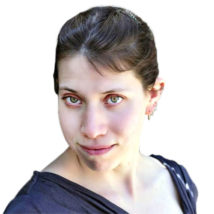
Bethany Brookshire was a longtime staff writer at Science News Explores and is the author of the book Pests: How Humans Create Animal Villains. She has a B.S. in biology and a B.A. in philosophy from The College of William and Mary, and a Ph.D. in physiology and pharmacology from Wake Forest University School of Medicine. She was a 2019-2020 Knight Science Journalism Fellow at MIT, the winner of the Society for Neuroscience Next Generation Award and the Three Quarks Daily Science Writing Award, among others.

All Stories by Bethany Brookshire
-
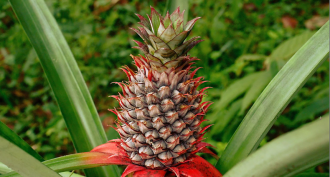 Plants
PlantsScientists Say: Bromeliad
Bromeliads are plants with long spiky leaves. They are common houseplants, and we even see one in the grocery store — the pineapple.
-
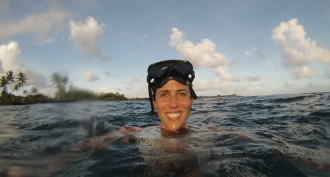 Science & Society
Science & SocietyWomen in ecology, from forests to the sea
These women study everything from the fish in the sea to the bugs on the land, and how all parts of an ecosystem come together.
-
 Health & Medicine
Health & MedicineWhy trans fats became a food villain
Trans fats are now known as a dietary villain. But in the beginning, scientists thought they were better than butter.
-
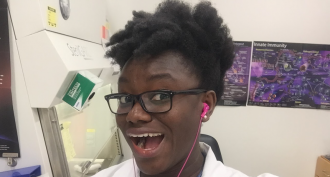 Health & Medicine
Health & MedicineHealing the world with science and medicine
Some people fear bacteria. Not these women. They are fighting disease with every tool science can give them.
-
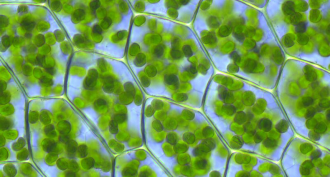 Plants
PlantsScientists Say: Chlorophyll
Plants can make energy out of sunlight, all thanks to a pigment called chlorophyll.
-
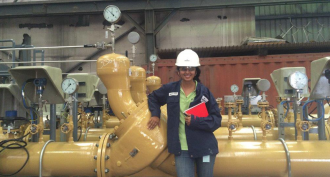 Chemistry
ChemistryChanging the world with chemistry
What does a scientist look like? Meet these amazing women in chemistry.
-
 Science & Society
Science & SocietyScientists Say: Stereotype
This is a belief or explanation for something. But when beliefs get overly simplified, they may no longer be true.
-
 Animals
AnimalsMeet scientists who take on the study of life
What does a scientist look like? Meet these amazing women in biology.
-
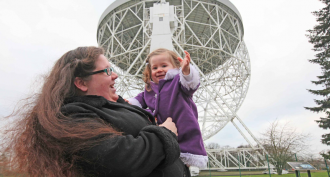 Space
SpaceWomen in STEM reach for the stars
What does science look like? These astronomers, astrophysicists and planet hunters are out of this world.
-

Teachers talk about climate change, and kids are listening
Teachers may help convince students that climate change is real. But when it comes to what’s behind that change, many kids appear to rely on more than those educators.
-
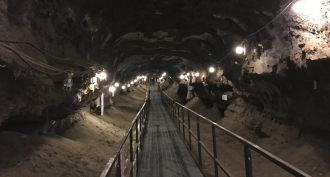 Earth
EarthScientists Say: Permafrost
In polar regions, it gets cold enough that the very dirt will freeze, and stay frozen. This soil has a special name.
-
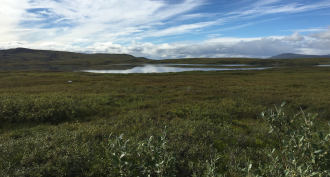 Ecosystems
EcosystemsScientists Say: Tundra
A tundra is an ecosystem found in Earth’s far north. It has a layer of soil deep underground that remains frozen — sometimes for thousands of years. But the top layer thaws in the summer, allowing plants to grow.